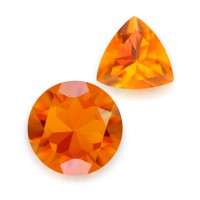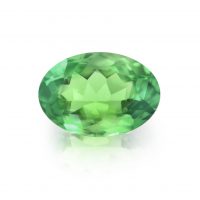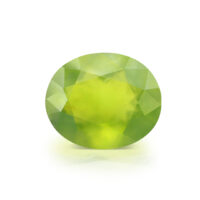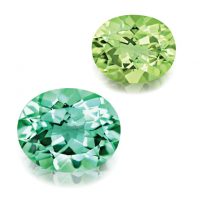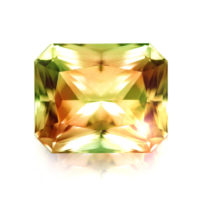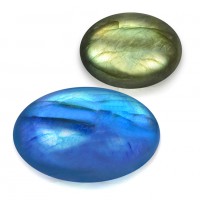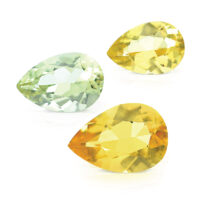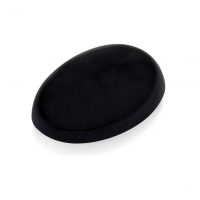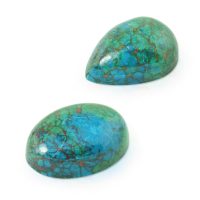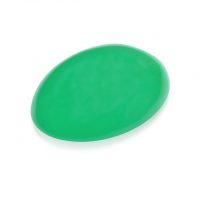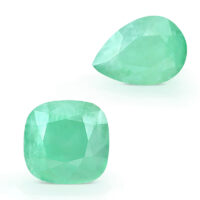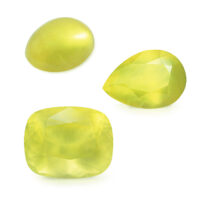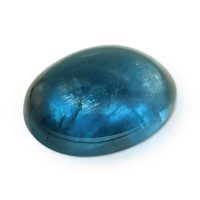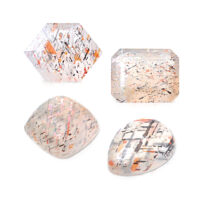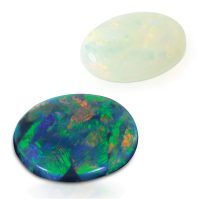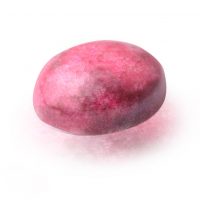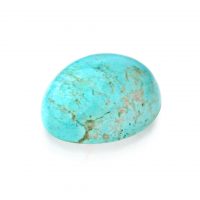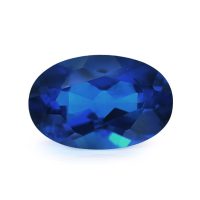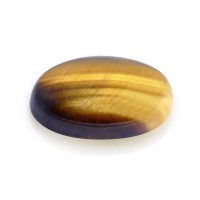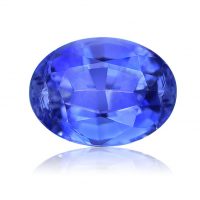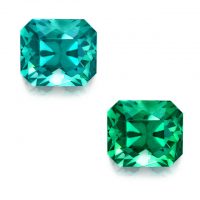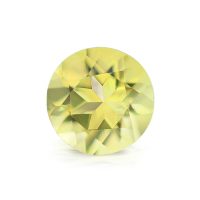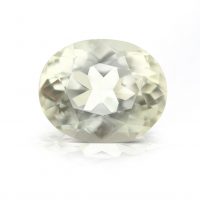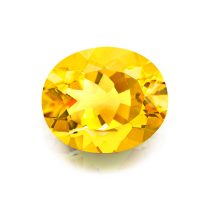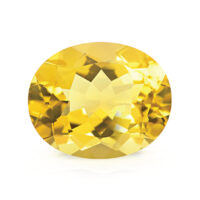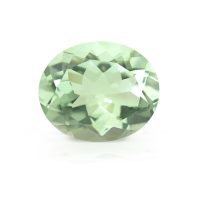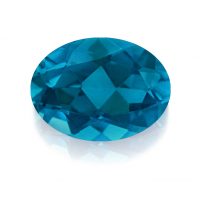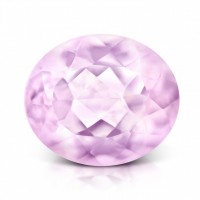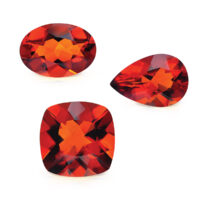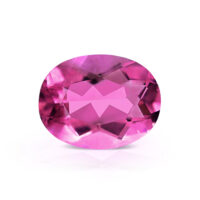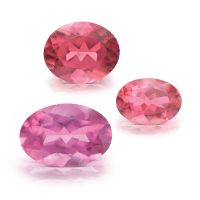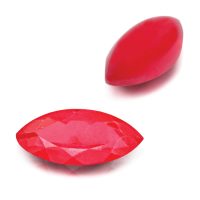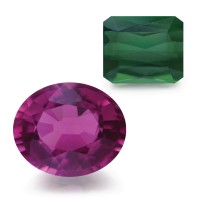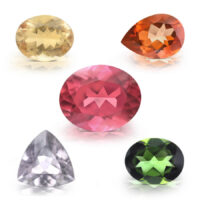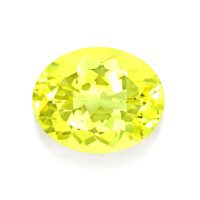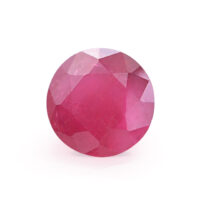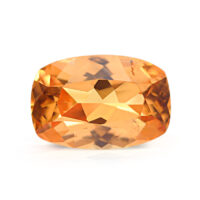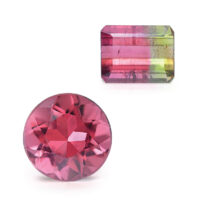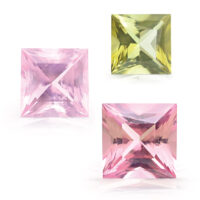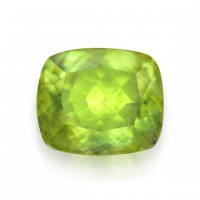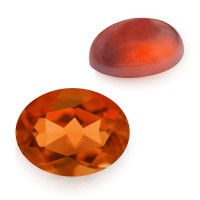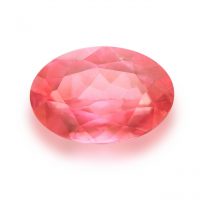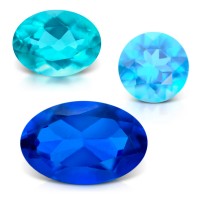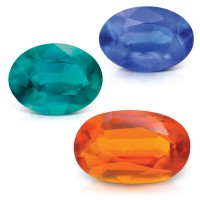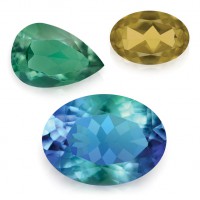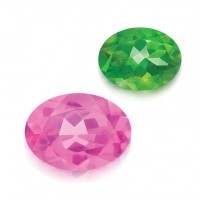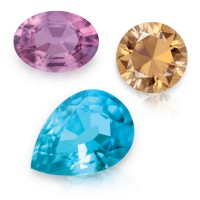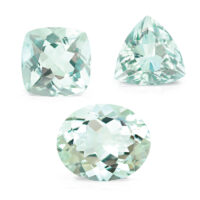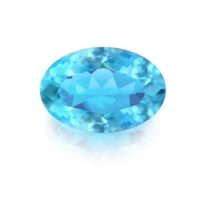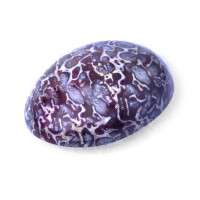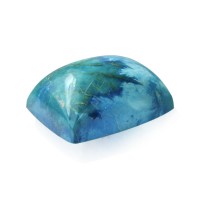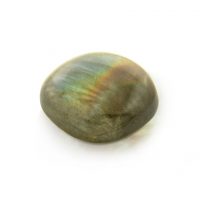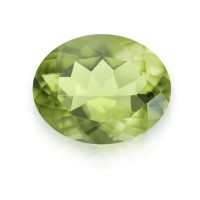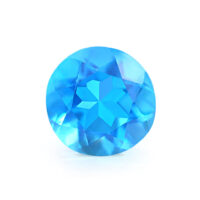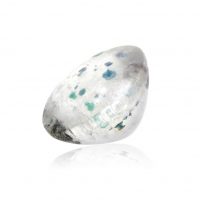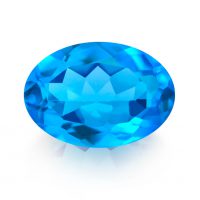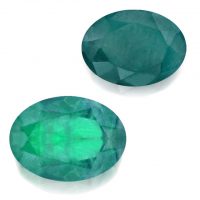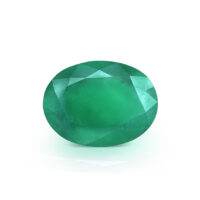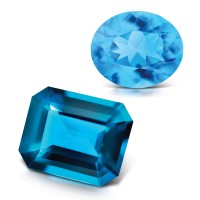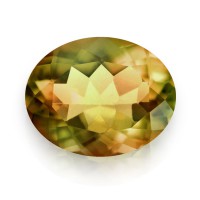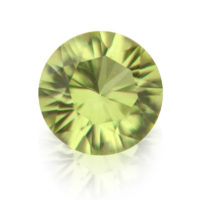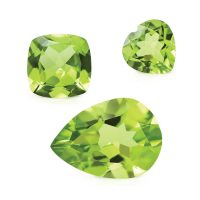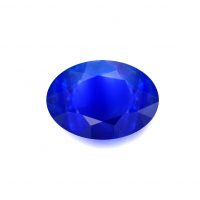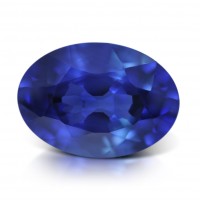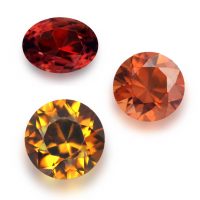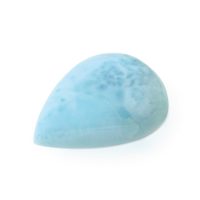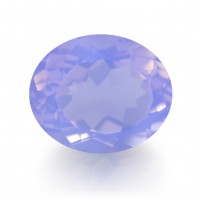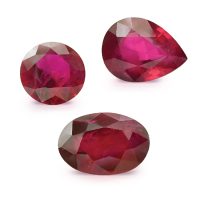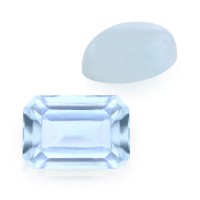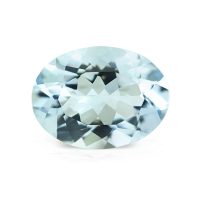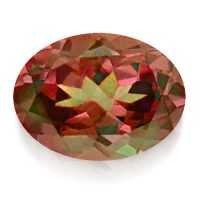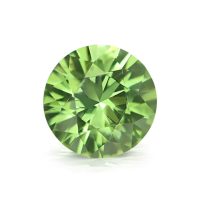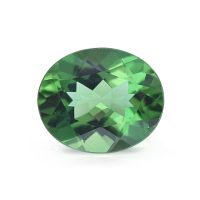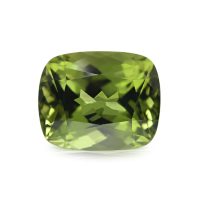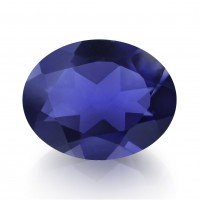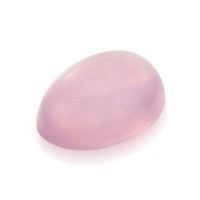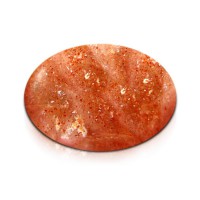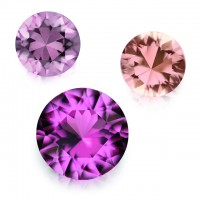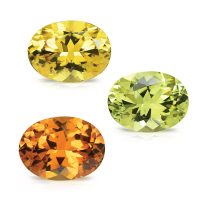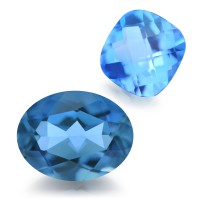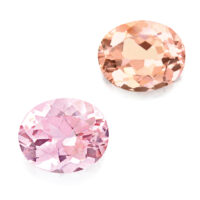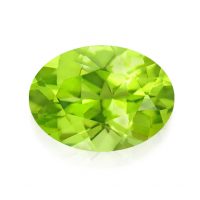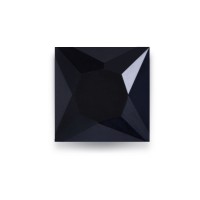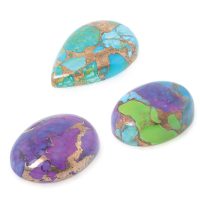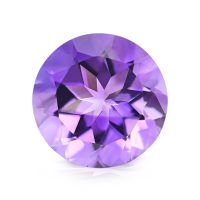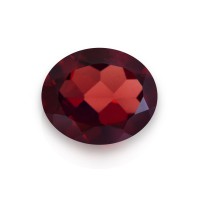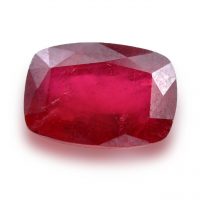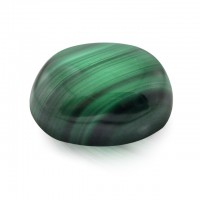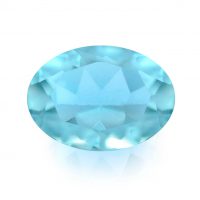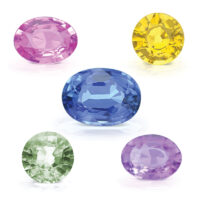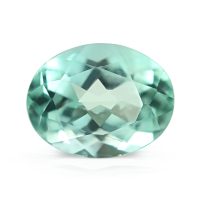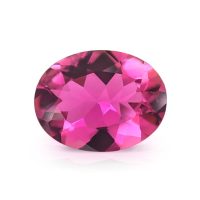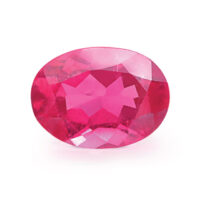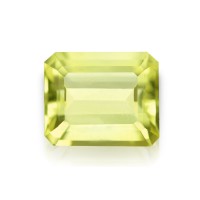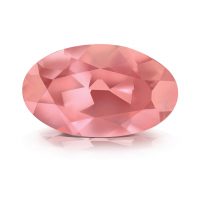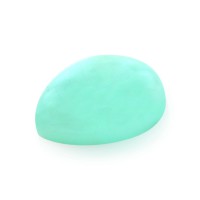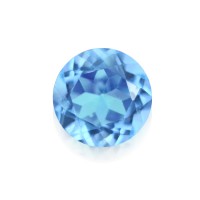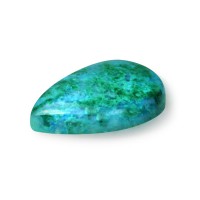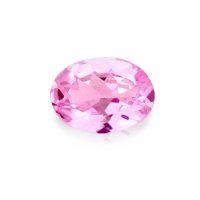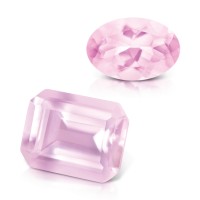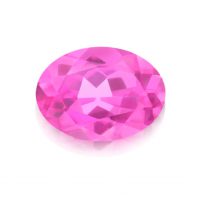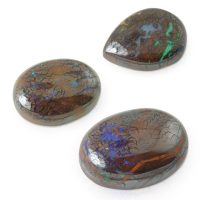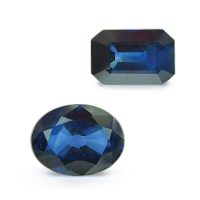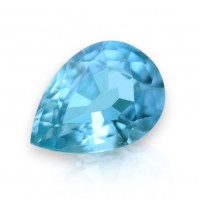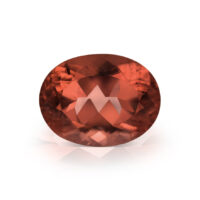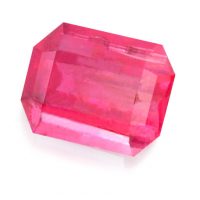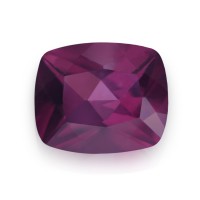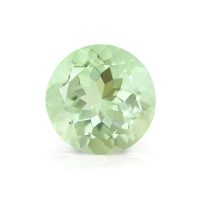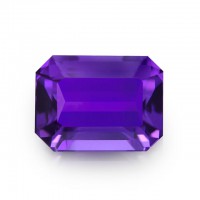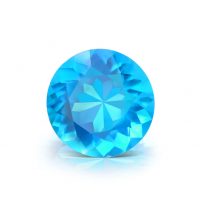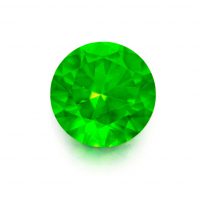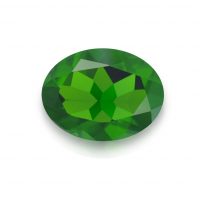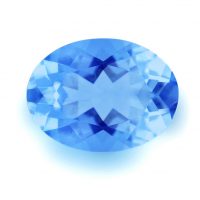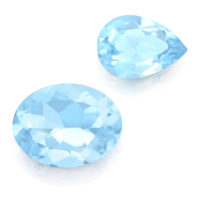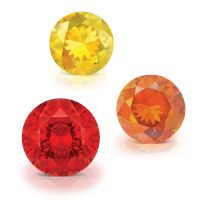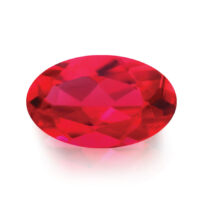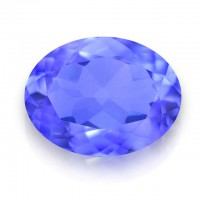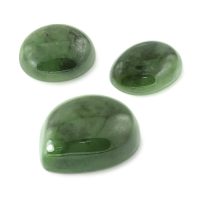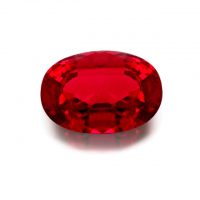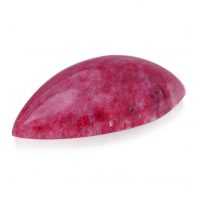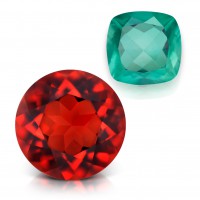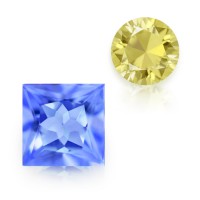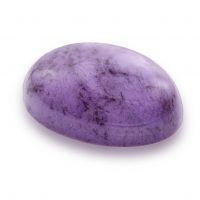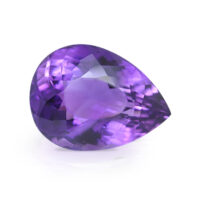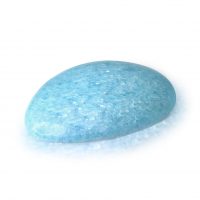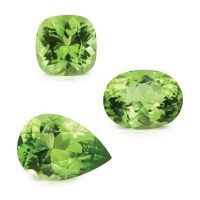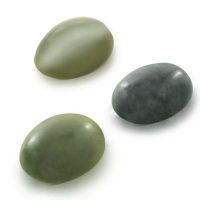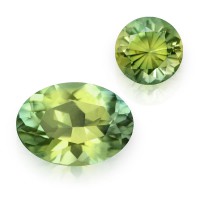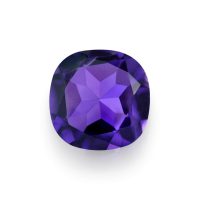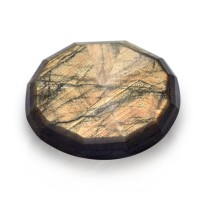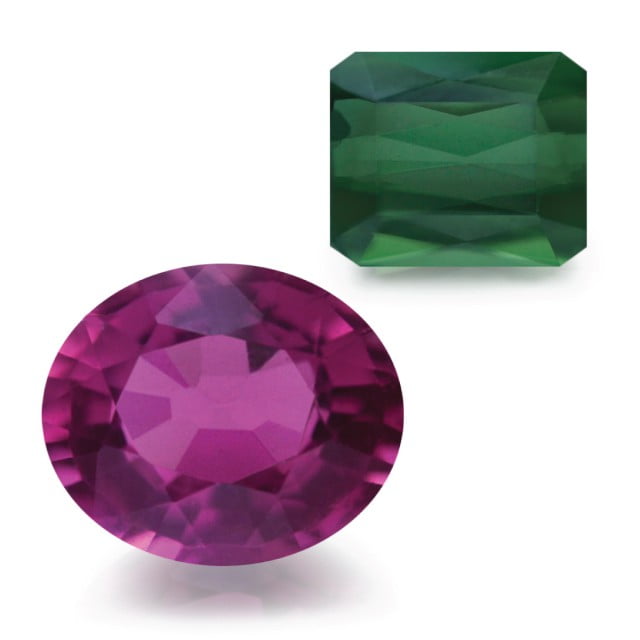

Brazilian Tourmaline are rare, green, pink and purplish-red gemstones from the Brazilian state of Minas Gerais. Wonderfully wearable with a colorful brilliance, Tourmaline is a group of related gemstones whose differences in composition result in a plethora of attractive colors.
Hardness 7 – 7.5
Refractive Index 1.624 – 1.644
Relative Density 2.82 – 3.32
Enhancement Heat
Beauty
One of the world’s most colorful gem varieties, Brazilian Tourmaline comes in beautiful greens, pinks and purplish-reds (Rubellite) with desirable medium tones that are not too dark or too light. Rubellite is derived from the Latin ‘rubellus’ (reddish) and the Greek ‘lithos’ (stone). While red and pink are technically the same color, Rubellite is distinguished from Pink Tourmaline by its deeper tone (lightness or darkness of a color) and greater saturation (strength of a color). Dependent on expert cutting and an eye-clean clarity, the highest quality clarity grade for colored gemstones, Brazilian Tourmaline is always challenging for the lapidary due to areas of internal tension inside Tourmaline crystals and its inherent pleochroism (colors and their intensity change when viewed from different angles). Tourmaline is strongly pleochroic or more specifically, it is the most dichroic (two-colored) of all gemstones. This means each Tourmaline crystal has two colors (primary and secondary), whose intensity changes when viewed from different angles. Because of its strong pleochroism, the orientation of Tourmaline during lapidary is extremely important. Every Brazilian Tourmaline has been faceted by experienced lapidaries who carefully orientate each crystal to maximize the gem’s colorful brilliance.
While some gemstones look better in natural daylight and others in artificial (incandescent) light, a gemstone’s colors should ideally remain beautiful in any light source. Despite this, all Tourmalines are ‘day gems’, meaning they typically look their very best in natural light. The yellow glare of artificial lights will sometimes accentuate gray and brown tones which may otherwise be invisible.
Tourmaline frequently garners the nickname, ‘the chameleon gem’, not only because of its multitude of colors, but also because of its historic propensity to be confused with other gemstones. Tourmaline is derived from the Sinhalese ‘turmali’, which means ‘mixed parcel’ or ‘stone with mixed colors’ and are a group of related minerals whose differences in composition result in a huge variety of colors. While there are 13 mineralogical varieties of Tourmaline, Elbaite is the mainstay of Tourmaline gemstones. Elbaite is named after the island of its discovery (Elba) in Tuscany, Italy; Elba is best known as the island of Napoleon’s exile in 1814. Tourmaline’s different colors are either identified by a color prefix, such as blue-green, green and pink, or a variety name or prefix. These include Bi Color Tourmaline (two or more colors), Canary Tourmaline (intense yellow from the African nations of Malawi and Zambia), Cat’s Eye Tourmaline (chatoyant Tourmaline), Color Change Tourmaline (green to red), Cuprian Tourmaline (non-Paraíba hues including purples, but still colored by copper and manganese), Indicolite (blue), Paraíba Tourmaline (blue to green, colored by copper and manganese), Rubellite (red), and Watermelon Tourmaline (pink interior, green exterior, just like the fruit). Another prized, but exceedingly rare variety is Chrome Tourmaline, a vivid pure green East African Dravite colored by chromium and vanadium, the same elements that color Emerald and Tsavorite. Last is Black Tourmaline (Schorl), a variety once popular in mourning jewelry that is enjoying a revival due to the popularity of Black Diamonds.
Rarity
Similar to Garnet, Tourmaline is a group of related minerals whose differences in composition result in a plethora of colors. Tourmaline was discovered in Brazil by the Portuguese in the 16th century at the gem fields of Minas Gerais (English: General Mines). Our Brazilian Tourmaline is from the Aricanga Mine in São José da Safira (Doce Valley) in the Brazilian state of Minas Gerais. Today, other major sources for Tourmaline include Afghanistan, Madagascar, Mozambique and Nigeria.
Enjoying intense competition amongst international buyers, Tourmaline from any locale have significantly increased in price (and decreased in availability) in 2014. Brazilian Tourmaline remains incredibly scarce, particularly when eye-clean. Rubellite, along with Chrome Tourmaline, Indicolite, and Paraíba Tourmaline, are the rarest and most valuable Tourmaline varieties.
Durability & Care
Brazilian Tourmaline is a durable gemstone (Mohs’ Hardness: 7 – 7.5) well-suited to everyday wear. Always store Brazilian Tourmaline carefully to avoid scuffs and scratches. Clean with gentle soap and lukewarm water, scrubbing behind the gem with a very soft toothbrush as necessary. After cleaning, pat dry with a soft towel or chamois cloth.
Map Location
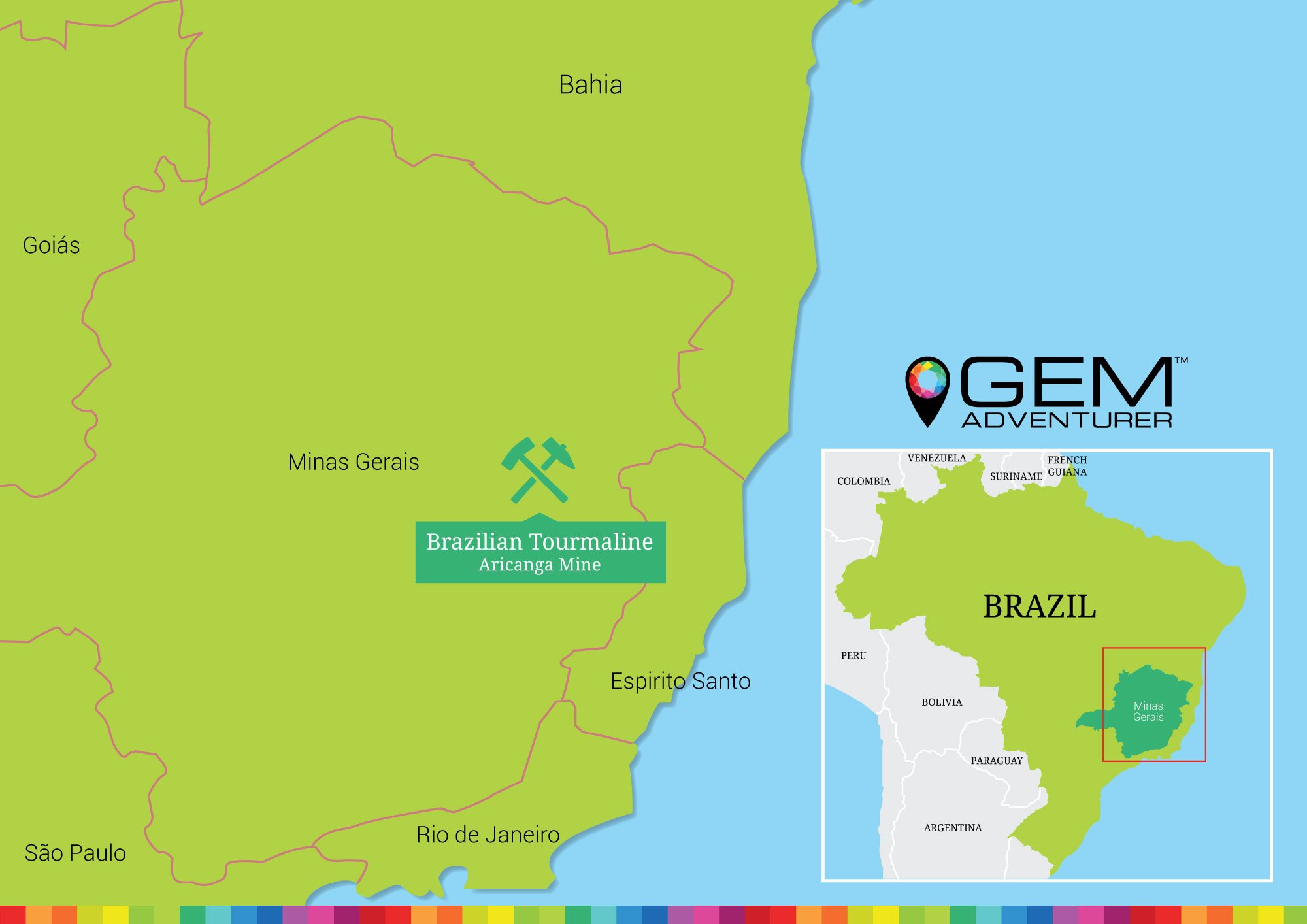
Click map to enlarge
